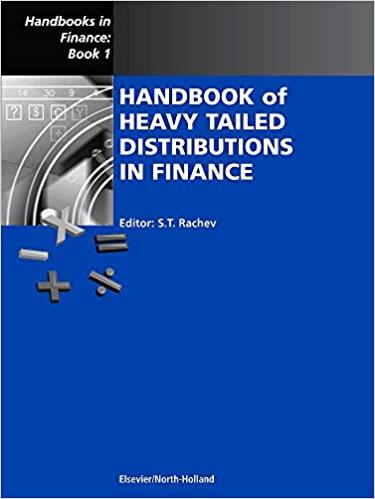Question
Lets take the example of Doris Rude, a taxi driver in Manhattan who got into a borrowing trap with a payday-lender when she got behind
Lets take the example of Doris Rude, a taxi driver in Manhattan who got into a borrowing trap with a payday-lender when she got behind on her medical bills[1]. For a fee of $30, the payday lender agreed to advance Doris a 2-week loan of $100. Doris wrote a check for $130 that the lender agreed to hold for 2 weeks. At the end of two weeks, however, with no change in her income or living expenses, Doris could not pay back the loan and the check bounced. She went to another lender to cover the debt of the first. Soon, she was bouncing from one payday lender to the other, six in all. Though cases like Doriss have since generated increased scrutiny and regulation of the payday-loan industry, these usurious lenders still flourish and take advantage of borrowers who do not understand the power of compounding.
a. What was the 2-week interest rate on the initial loan?
b. Assuming Doris could not pay back any of the money that she borrowed (principal and fees/interest), and the lender continued to charge the same rate, how much money would Doris owe:
i. After 6 months?
ii. After 1 year?
[1] This example is adapted from: Kilborn, Peter T., New Lenders With Huge Fees Thrive on Workers With Debts, New York Times. June 18, 1999.
Step by Step Solution
There are 3 Steps involved in it
Step: 1

Get Instant Access to Expert-Tailored Solutions
See step-by-step solutions with expert insights and AI powered tools for academic success
Step: 2

Step: 3

Ace Your Homework with AI
Get the answers you need in no time with our AI-driven, step-by-step assistance
Get Started


